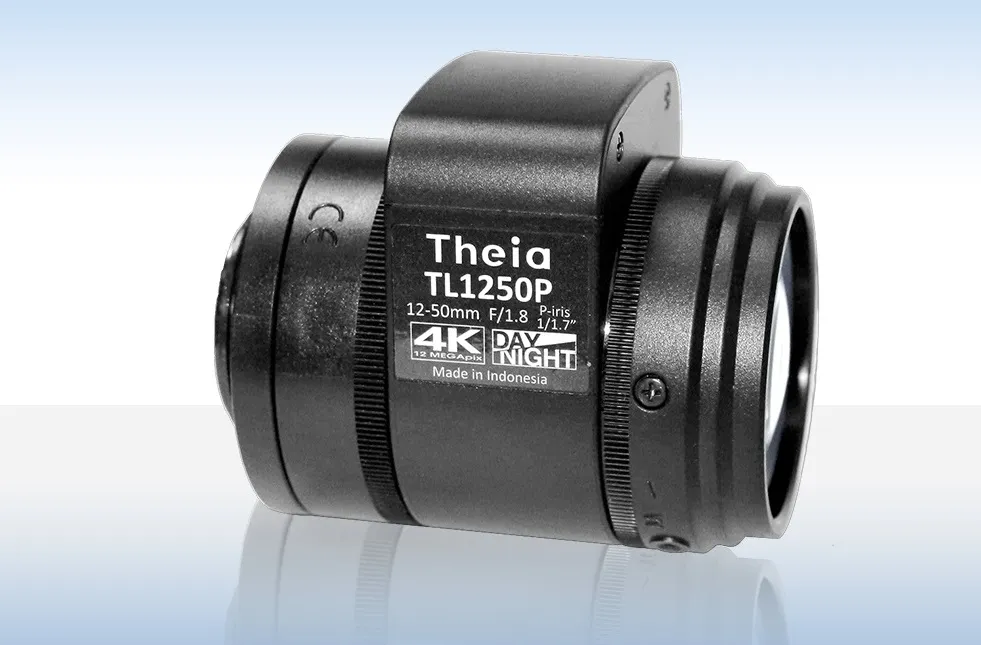
Class-leading performance and cost savings are two of the prime themes for enforcement specialist
“D-Cam P now uses the square-section IntegraPost which replaces the previous round-section mounting,” says Calvin Hutt, sales and marketing director with Truvelo (UK). “Although it is a relatively minor change, it takes advantage of a solution which is more widely used within the enforcement sector. The economies of scale mean less expense for procuring authorities.
“Some of our other product changes are more involved: we’ve also been looking at how to reduce the installation and operational costs associated with enforcement camera systems which have a separate camera and illumination source,” Hutt said.
The new IntegraFlash mounts the illumination source above a D-Cam camera on the same post, saving the cost of installing a second post and power supply. It increases siting flexibility and is aesthetically more pleasing. A single post allows more constrained road geometries to be accommodated; it also increases safety by keeping lines of sight more clear and reduces the visual impact of enforcement installations. As Hutt points out, both of these are very important factors, especially in urban areas.










